Go back

The Poisoner's Handbook
Episode number: 1
Overview: The story of New York City's first medical examiner, Charles Norris (1867-1935), and his chief toxicologist, Alexander Gettler (1883-1968), who pioneered the use of forensic science to explain violent and suspicious deaths. Included are remarks from renowned medical examiners Marcella Fierro and Michael Baden and author Deborah Blum ("The Poisoner's Handbook"). Oliver Platt narrates.
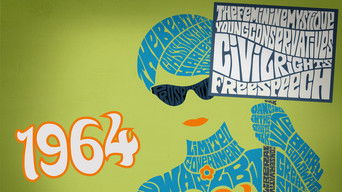
1964
Episode number: 2
Overview: Recalling 1964, a pivotal year in U.S. history. While the Beatles captured the imaginations of the nation's youth, President Lyndon B. Johnson signed the Civil Rights Act, unveiled his vision of a "Great Society" and squared off against Barry Goldwater in the presidential election. Also covered: the murders of three Freedom Summer volunteers; and the influence of Betty Friedan's "The Feminine Mystique." Based in part on Jon Margolis' "The Last Innocent Year: America in 1964."
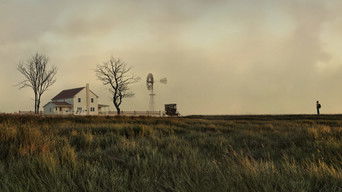
The Amish: Shunned
Episode number: 3
Overview: The Amish practice of shunning those who leave their faith is explored through the experiences of individuals who have left their communities. Also: faithful Amish men and women share the heartbreak they feel when a loved one leaves.
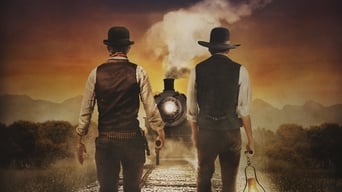
Butch Cassidy & the Sundance Kid
Episode number: 4
Overview: The story of outlaws Butch Cassidy and the Sundance Kid, whose turn-of-the-century exploits made headlines, led them to be pursued by Pinkerton detectives and inspired the popular 1969 film starring Paul Newman and Robert Redford.

The Rise and Fall of Penn Station
Episode number: 5
Overview: The story of New York's Pennsylvania Station, which opened to the public in 1910. One of the greatest architectural and engineering achievements of its time, it covered nearly eight acres and required the construction of 16 miles of underground tunnels. It closed its doors some 50 years later, giving way to Madison Square Garden, a high-rise office building and sports complex.
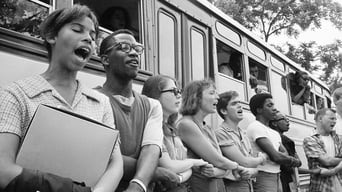
Freedom Summer
Episode number: 6
Overview: Recalling the summer of 1964 in Mississippi, when student volunteers from around the country joined local activists in an effort to register to vote as many African-Americans as possible. (Due to intimidation and arcane tests, less than seven percent of the state's African-Americans were registered.) Activists also set up schools to teach children about African-American history; and created a rival Democratic Party to challenge the all-white delegation to the 1964 Democratic National Convention.
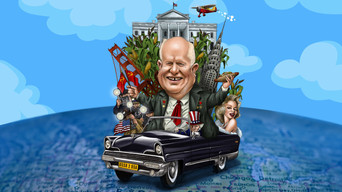
Cold War Roadshow
Episode number: 7
Overview: In 1959, at the very height of the Cold War, with American schoolchildren practicing duck-and-cover drills, Soviet leader Nikita Khrushchev, the man who Americans feared could incinerate them in a rain of hydrogen bombs arrived in Washington, D.C. at the invitation of President Eisenhower. For both men, the visit was an opportunity to halt the escalating threats of the Cold War and chart a new course toward peaceful coexistence